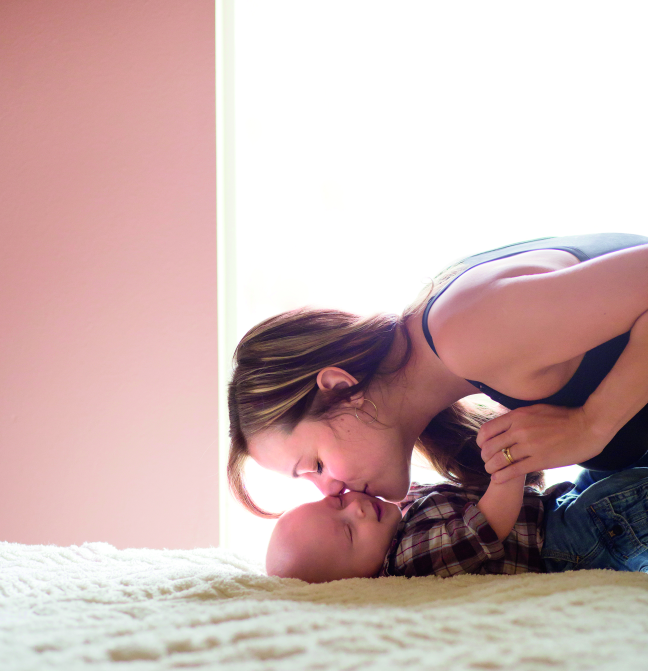-
Your concerns
Our articles to help you gain a better understanding
-
Our solutions
-
DUCRAY Dermatological Laboratories
Our articles to help you gain a better understanding

Cradle cap in children is a very common skin disease. When an infant has cradle cap, several areas may be affected.
Cradle cap is, among other things, due to hyper-seborrhea, i.e. an excess of sebum. Sebum is secreted by a gland, called the sebaceous gland, and each sebaceous gland is attached to a hair. Hair-rich areas are therefore areas that are very rich in sebaceous glands. The scalp is an area that is obviously very rich in hair, which is why cradle cap is almost always found in the hair.
It is possible, in the infant, that other areas are affected: one can thus observe cradle cap in the eyebrows, on the face, the buttocks, or even certain skin folds.
But what is cradle cap in adults? When we talk about cradle cap on the scalp of adults, we are in fact referring to seborrheic dermatitis.
Seborrheic dermatitis is a fairly common condition in adults that affects 3% of the population, mostly men. In 95% of cases of seborrheic dermatitis the lesions affect the hair or scalp. Other localizations are also observed, particularly the face.
The plaques strongly resemble cradle cap, they are white or yellow scales (dead cells that are eliminated from the surface of the scalp) on erythematous plaques on the surface of the scalp. It is often confused with a simple dandruff condition of the scalp.
It is caused by hyper-seborrhea and the proliferation of a yeast naturally present on the surface of the skin. In spite of its resemblance to cradle cap, it really is a separate condition. Seborrheic dermatitis only affects adults, is chronic and is triggered by several factors such as stress, fatigue, climatic variations, etc. There are many antifungal treatment shampoos that can act on hyper-seborrhea to manage this condition. Do not hesitate to ask your physician for advice.
Cradle cap